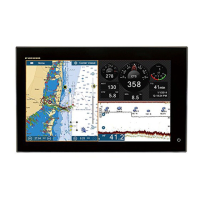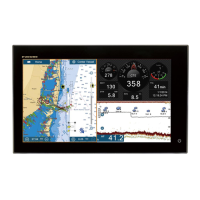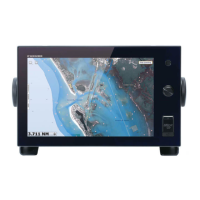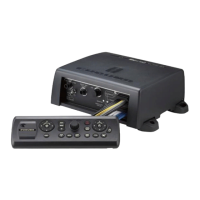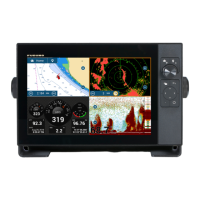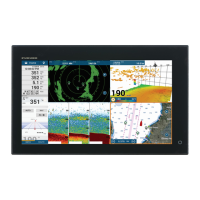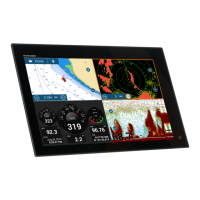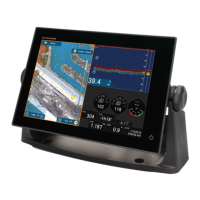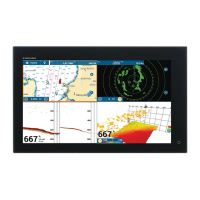6. RADAR
6-22
[Auto Tuning]: Activate or deactivate auto tuning for the connected radar. Not avail-
able with DRS4D-NXT.
[Tuning Source]: Selects the radar range for the adjustment, [Range 1] (long range),
[Range 2] (short range). Not available with DRS4D-NXT.
[Manual Tuning]: Manually tune. Not available with DRS4D-NXT.
[Radar Monitoring]: Show various voltage levels, and ARPA data. For the service
technician.
[Radar Optimization]: Automatically restore initial setting for magnetron current and
radar tuning. For the service technician.
[ARPA Advanced Settings]: Sets ARPA parameters. For the service technician only.
Do not change the settings. Set [TX/STBY] to [ON] to access. Not available with
DRS4D-NXT.
[Set Hardware to Factory Default]: For the service technician only.
[Reset Default Settings]: Restore default settings for items other than those in the
[RADAR INITIAL SETUP] section.
6.24 How to Interpret the Radar Display
6.24.1 False echoes
Echo signals can appear on the screen at positions where there is no target or disap-
pear where there are targets. You can identify false targets when you understand why
the false echoes appear. A description of false echoes follows.
Multiple echoes
Multiple echoes occur when a transmitted pulse returns from a solid object like a large
ship, bridge, or breakwater. A second, a third or more echoes can be seen on the
screen at two, three or more times the true range of the target as shown below. You
can reduce and sometimes remove these multiple echoes if you decrease the gain, or
correctly adjust the sea clutter.
Own ship
Target
True
echo
Multiple
echo
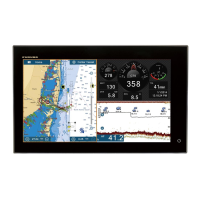
